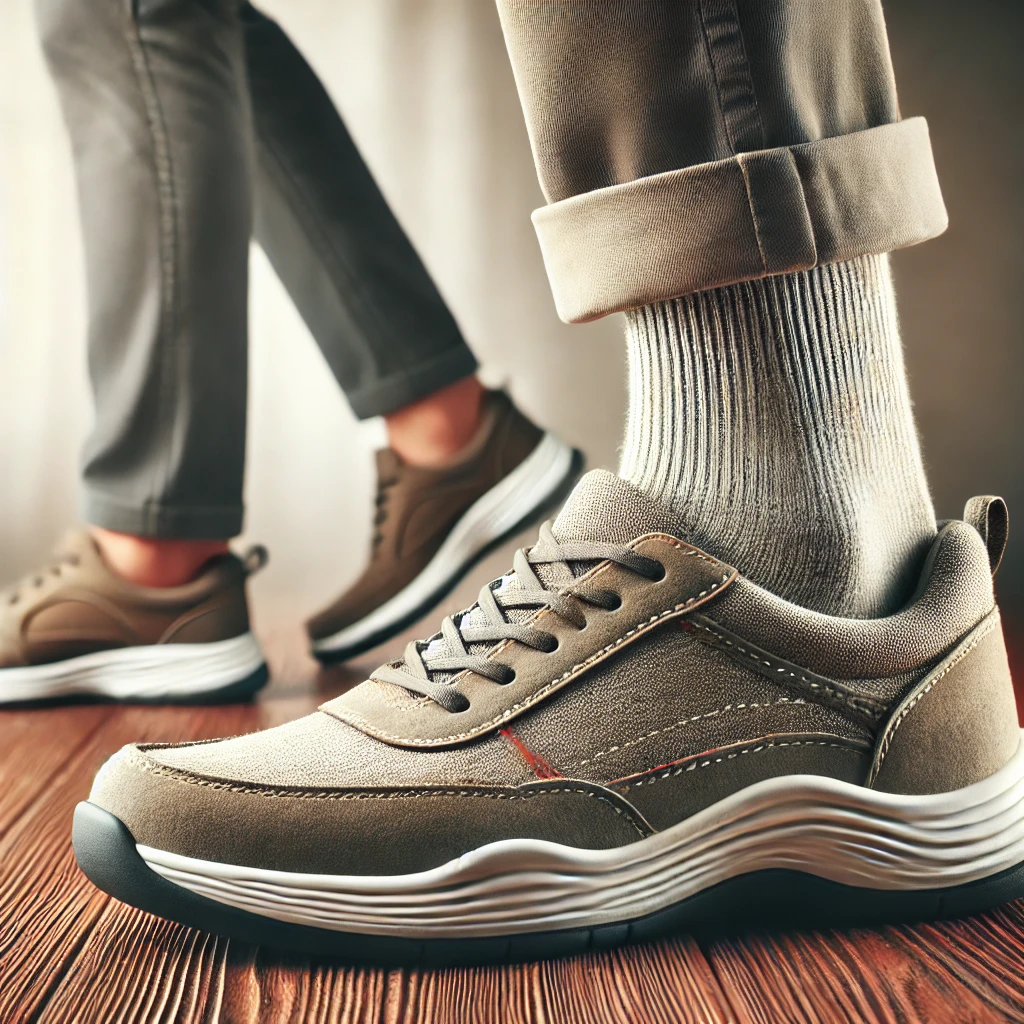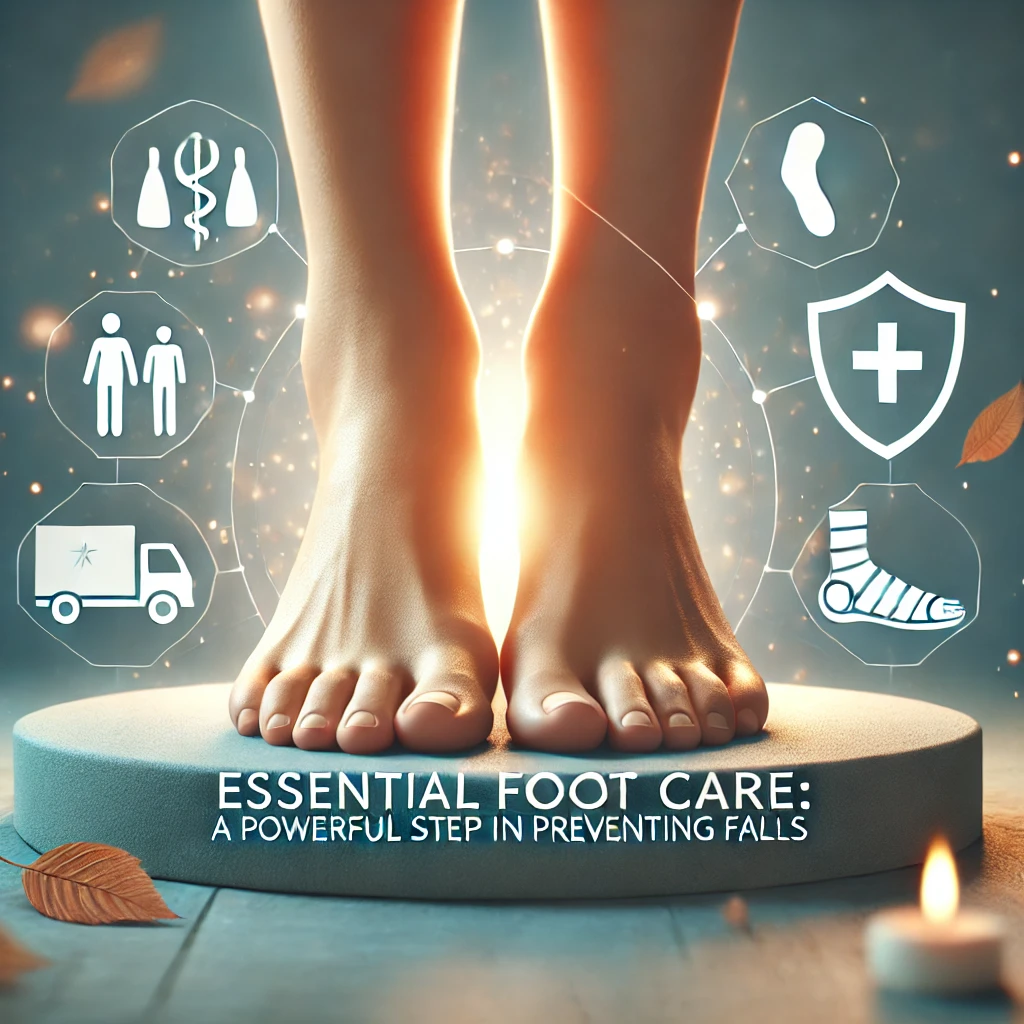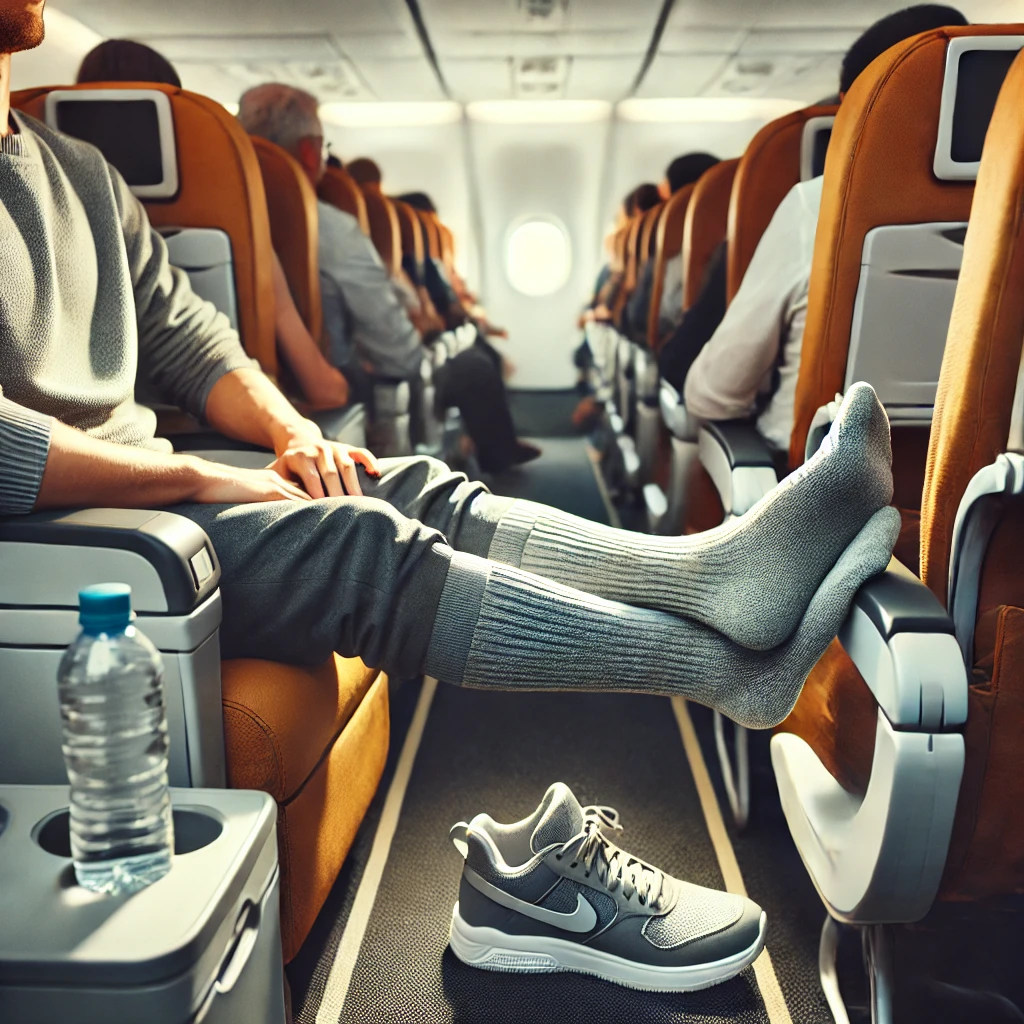Introduction
Finding the right shoes can be challenging, especially for people with wide feet. Wearing ill-fitting shoes can cause pain, blisters, and even long-term foot problems. The good news is that many brands and styles cater specifically to wider feet. In this guide, we’ll help you understand how to choose the perfect pair of shoes that offer both comfort and style for wide feet.
Understanding Wide Feet

What Qualifies as Wide Feet?
Wide feet simply mean that the width of your foot is larger than the average foot size for your shoe length. Shoe widths are categorized into sizes like narrow (N), medium (M), wide (W), and extra wide (XW).
Common Causes of Wide Feet
- Genetics – Some people naturally have wider feet.
- Aging – Feet tend to widen as you grow older.
- Pregnancy – Hormonal changes can cause feet to expand.
- Medical conditions – Issues like bunions or flat feet can contribute to wider feet.
How to Measure Foot Width Correctly
To find out if you have wide feet, measure your foot width with a measuring tape or use a Brannock device at a shoe store. Compare the measurement with a width chart to determine if you need wide-fit shoes.
Problems Caused by Ill-Fitting Shoes

Wearing shoes that are too narrow can lead to:
| Blisters and Calluses – Tight shoes create friction, leading to painful skin issues. |
| Foot Pain and Discomfort – Narrow shoes squeeze the foot, causing aching and swelling. |
| Long-Term Foot Health Issues – Conditions like hammertoes, bunions, and arthritis can develop from wearing improper footwear. |
Key Features to Look for in Shoes for Wide Feet
If you have wide feet, focus on these features when shopping for shoes:
Wide Toe Box – Ensures your toes have enough room to spread.
Proper Arch Support – Helps prevent foot fatigue and pain.
Adjustable Features – Laces, Velcro straps, or stretchy materials improve fit and comfort.
How to Measure Your Feet Properly

Step-by-Step Guide to Measuring Foot Width
- Place your foot on a piece of paper and trace it.
- Measure the widest part of the tracing.
- Compare with a shoe width chart.
Tools You Can Use at Home
- Ruler or measuring tape
- Brannock device (available in shoe stores)
When to Visit a Professional for Measurement
If you have foot pain or difficulty finding the right size, visit a podiatrist or shoe store specialist for an accurate measurement.
Types of Shoes for Wide Feet

Choosing the right type of shoe for different occasions is essential for comfort and style. Here are some options:
Best Casual Shoes for Wide Feet
- Slip-on shoes with a flexible design
- Sneakers with a wide toe box
- Sandals with adjustable straps
Best Athletic Shoes for Wide Feet
- Running shoes designed for extra width
- Cross-training shoes with cushioned soles
- Walking shoes with arch support
Best Formal Shoes for Wide Feet
- Loafers with a roomy toe area
- Dress shoes with a wider sole
- Heels with a broader base for stability
Materials and Construction of Wide-Fit Shoes
The material of a shoe plays a huge role in comfort.
Best Materials for Comfort and Flexibility
| Leather – Stretches over time, providing a custom fit. |
| Mesh – Breathable and lightweight, ideal for sports shoes. |
| Synthetic Materials – Often flexible and cost-effective. |
Differences Between Leather, Mesh, and Synthetic Materials
| Leather: Durable and molds to your foot shape over time. |
| Mesh: Lightweight and ideal for warm weather. |
| Synthetic: Usually more affordable and offers good flexibility. |
Shoe Brands That Cater to Wide Feet
Many brands specialize in shoes designed for wide feet.
Top Brands for Wide Feet
- New Balance – Offers various width options.
- Brooks – Known for comfortable athletic shoes.
- Skechers – Features memory foam and stretchable designs.
- Clarks – Great for casual and dress shoes.
Affordable vs. Premium Options
- Affordable brands: Skechers, ASICS, Propet.
- Premium brands: ECCO, Mephisto, Allen Edmonds.
Choosing the Right Shoe Size and Fit
Understanding shoe sizes can help you find the best fit.
Half Sizes and Their Importance
If your feet feel too snug in one size but too loose in the next, half sizes can provide the perfect balance.
When to Size Up or Down
- Size up if your toes feel cramped.
- Size down if your heel slips out while walking.
Tips for Shopping Shoes for Wide Feet
Best Places to Shop
- Specialty shoe stores
- Online retailers with wide-fit options
Online Shopping Tips
- Read reviews to check for fit accuracy.
- Look for return policies that allow exchanges.
- Use size charts provided by brands.
How to Read Product Descriptions for Wide-Fit Shoes
Look for terms like “wide width,” “W,” or “extra-wide” in descriptions.
Customization Options for Wide Feet
If standard shoes don’t fit comfortably, consider customization options to enhance comfort and support.
Orthotic Inserts
Orthotic insoles provide extra cushioning and arch support, making regular shoes more comfortable for wide feet. There are two types:
- Pre-made orthotics – Available at drugstores and online, these offer general support.
- Custom orthotics – Designed by podiatrists to fit your foot shape perfectly.
Custom-Made Shoes
For people with extremely wide feet or specific foot conditions, custom-made shoes are an excellent investment. They provide a perfect fit but can be expensive.
Breaking in New Shoes for Wide Feet
Even the best shoes may require some breaking in. Here are some ways to make them more comfortable:
How to Stretch Shoes for a Better Fit
- Wear thick socks and walk around the house – This helps loosen the material.
- Use a shoe stretcher – A handy tool that gradually expands the shoe’s width.
- Apply heat – Using a hairdryer on tight spots can make the material more flexible.
Techniques to Make New Shoes More Comfortable
- Try anti-blister products – Such as padded insoles and friction-reducing creams.
- Use moleskin or gel pads – These prevent rubbing and discomfort.
- Bend and flex the shoe – Doing this before wearing helps soften stiff materials.
Common Mistakes to Avoid When Buying Shoes for Wide Feet
It’s easy to make mistakes when choosing shoes. Avoid these common errors:
Choosing Style Over Comfort
Many people sacrifice comfort for style, but uncomfortable shoes can lead to foot problems. Always prioritize fit and support.
Ignoring Width Options
Shoes come in different widths—ignoring this can lead to discomfort and pain. Always check for wide (W) or extra-wide (XW) options.
Not Trying Shoes on Both Feet
Feet are rarely the exact same size. Always try shoes on both feet to ensure a proper fit.
Buying Shoes at the Wrong Time of Day
Feet swell throughout the day. Try on shoes in the afternoon or evening for the most accurate fit.
Foot Care Tips for Wide Feet
Taking care of your feet can prevent pain and other foot-related issues.
Daily Foot Care Routine
- Wash and dry feet thoroughly to prevent fungal infections.
- Moisturize to avoid dry, cracked skin.
- Stretch your feet daily to improve flexibility and circulation.
Best Socks for Wide Feet
- Seamless socks – Reduce friction and prevent blisters.
- Moisture-wicking socks – Keep feet dry and comfortable.
- Cushioned socks – Provide extra support and protection.
Conclusion
Choosing the right shoes for wide feet is essential for comfort and long-term foot health. Prioritizing a wide toe box, good arch support, and flexible materials will help you find the perfect fit. Don’t be afraid to try different brands and styles, and always measure your feet properly before making a purchase. Whether you’re looking for casual sneakers, athletic shoes, or formal wear, there are plenty of great options available to keep your feet happy and pain-free.
Frequently Asked Questions (FAQs)
1. How do I know if I have wide feet?
You can measure the widest part of your foot using a ruler or a Brannock device. If your foot width is larger than the standard size for your shoe length, you likely have wide feet.
2. What is the best shoe brand for wide feet?
Brands like New Balance, Brooks, Skechers, Clarks, and ASICS offer great options for wide feet. Look for shoes labeled “W” (wide) or “XW” (extra wide).
3. Can I make regular shoes fit wide feet?
Yes, you can use shoe stretchers, wear thick socks to stretch them, or use orthotic inserts to improve comfort. However, it’s always best to buy shoes specifically designed for wide feet.
4. Should I size up if I have wide feet?
Not necessarily. Instead of going for a larger size, look for wide or extra-wide shoes. A larger size may provide width but can cause other fit issues.
5. Are high heels bad for wide feet?
High heels can be uncomfortable, but if you need to wear them, choose styles with a wider toe box, lower heel height, and cushioned insoles to reduce pressure on your feet.










